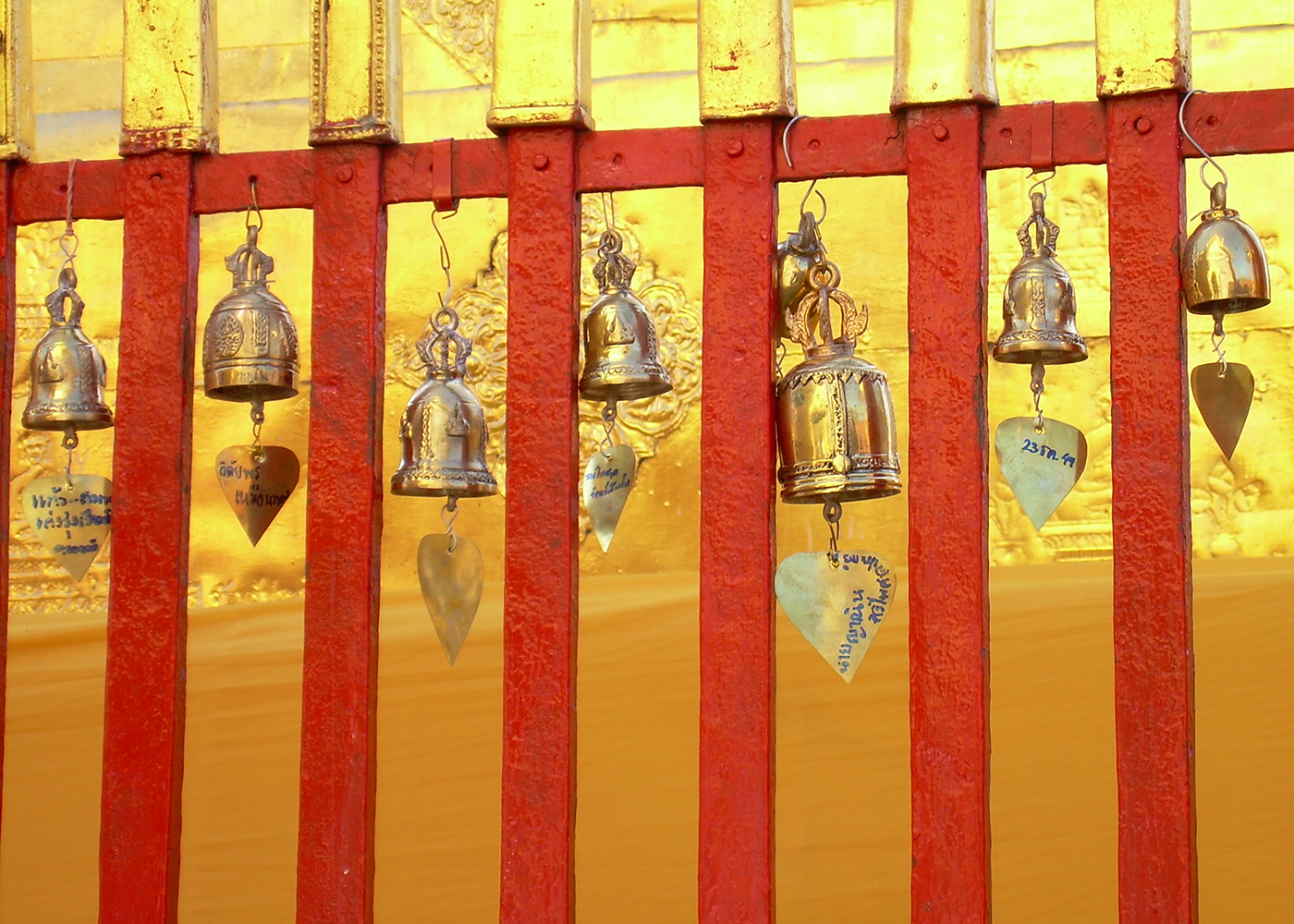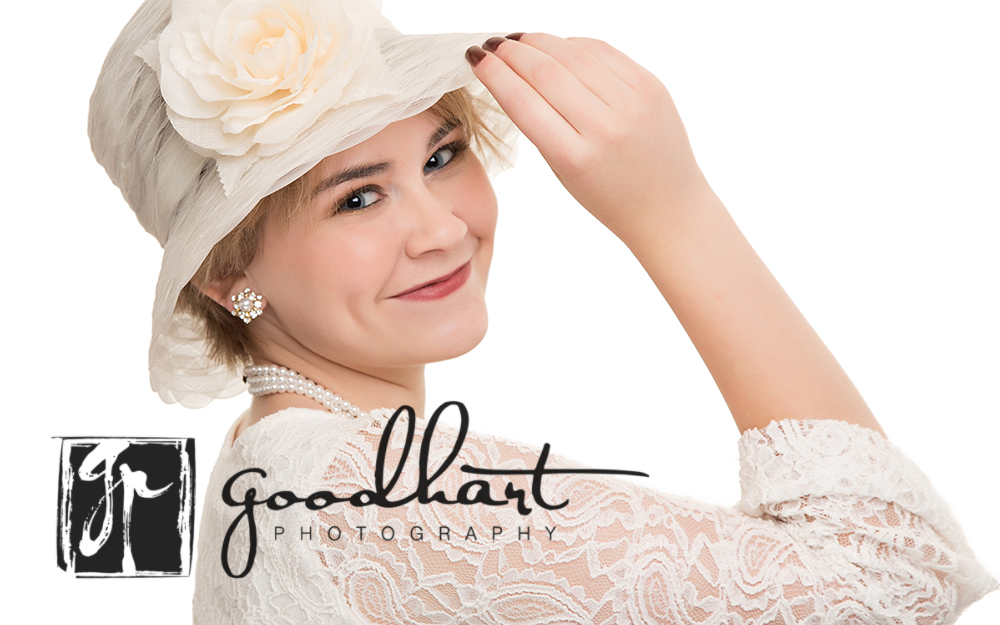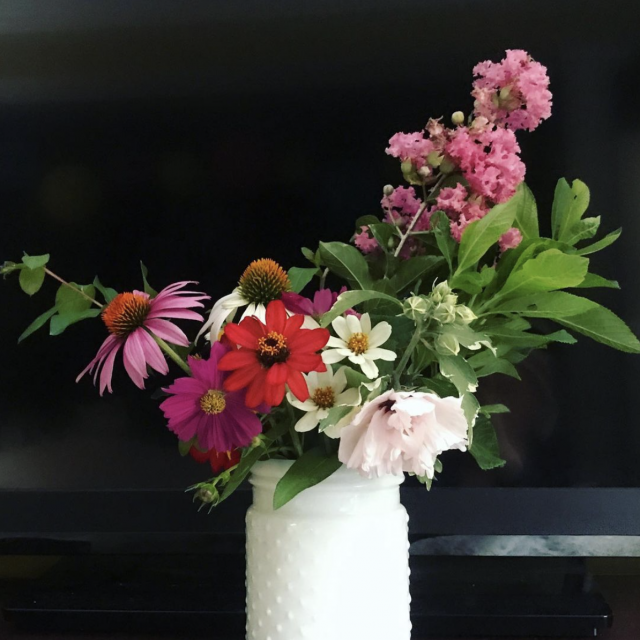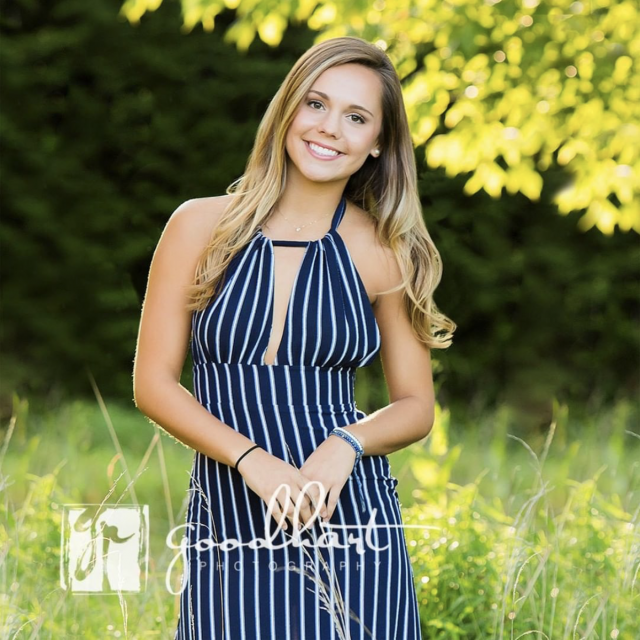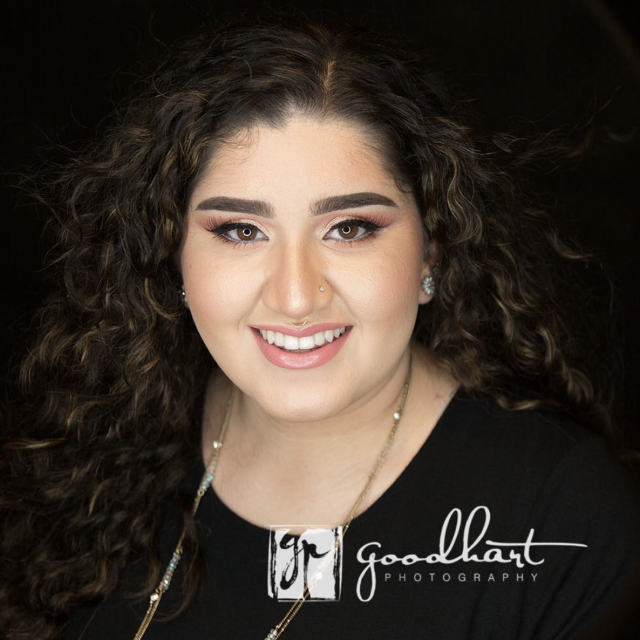Before you read further, please take a moment to look at this short 1 minute video on YouTube.
Mindful Photography Step One: Learn to See
This famous selective attention test illustrates our brain’s effectiveness at ignoring information that our it perceives as irrelevant to the task at hand (or to our safety). Our brains have evolved to sift and filter through the constant bombardment of stimuli in our our environment. This is not a bad thing — it is actually very adaptive and necessary.
However it is devastating to photography because you can’t photograph what you don’t see. That’s why the very first step in mindful photography is to help our busy processing brain let go and take a break, and allow ourselves to see and and respond to the world through our physical senses, and not our brain.
For example, consider a tree in your neighbor’s yard. You may notice this tree from time to time, but it will barely register unless it does something annoying like drop a ton of acorns into your yard that get in the way of your lawn mowing.
A child, however, will know much more about this tree than you because she is processing it with her senses, and not her brain. She is not naming and dismissing it as “Oh, that’s a tree, next.” She is looking at the tree as something novel, she sees it with a sense of wonder and interest. She will learn the shape of the leaves, the texture and feel of the bark, whether or not it is good for climbing. She will notice the insects crawling on it, whether sap oozes from it, whether squirrels or birds build their nests in it.
This detachment from our surroundings impacts our photography. My father was recently going through his slides (!!) of his trip around the world in the 1960s, and he ended up throwing out most of them. The images weren’t personally meaningful and they didn’t reflect his unique experiences on that trip. Any typical tourist probably took the same images. “This is a temple, click. This is a lovely view, click. This is a huge statue of Buddha, click.” The images were lovely, but his unique vision and experience wasn’t reflected in them.
Mindful Photography Step Two: Get Present
Mindful photography begins by deliberately turning away from your naming brain and tuning into your senses. Your senses exist in the present, so by noticing the sensations of your physical body, you begin to switch off your thinking, ruminating brain.
So how do you do this? Just check in with each of your senses one at a time. Begin by asking yourself, “What do I hear?”
If you are in the city, you may hear horns, cars, bicycle bells, conversations, musicians on street corners. In the woods you may hear birds, the wind in trees, animals rustling, and so on. When you can’t identify any new sounds, move on to “What do I feel?”
You may feel the sun on your skin, the ground beneath your feet, gnats, an ache in your neck. If you feel physical tension, do a few stretches or a brief massage to relax your muscles. Neck rolls are my favorite things to do, I am always carrying tension in my neck and shoulders. The best way to do neck rolls is to imagine you are drawn large circles or semi-circles with your nose. I find this allows me to keep my shoulders relaxed. When I do neck rolls like I was taught in elementary school, my shoulders always rise up to support my head.
Once you have noticed everything you feel and worked out any tension in your body, ask yourself “What do I smell?” In the woods you may smell earthy, damp smells, or fresh clean smells, and in the city you may smell diesel, perfume, food, and so on.
Finally, bring in your sense of sight. Scan your environment slowly, follow your curiosity. What do you see? If your brain must think, try to think in terms of adjectives, not nouns. Once something attracts your attention, pause and linger there. Why has it called to you? Is it the way the light is hitting it? Is it the color, or the texture, or a line? Is it the contrast, the way something stands out from the elements around it?
Mindful Photography Step Three: Take Photographs
Now pick up your camera. It’s best to use a camera you are very familiar with so that you don’t have to mess with the settings and break your connection to your surroundings. Try to take an image that will show future you what you saw and felt in this moment, what you are responding to in the environment.
Just as a poet can’t always scribble down some words and create a masterful poem that captures her thoughts in that moment, a photographer can’t always point her camera in the direction of what she is responding to and get the image she wants. It takes practice and experimentation.
So experiment! Take lots of photographs, asking yourself as you look at the back of your camera, “does this capture what I noticed? Will someone else — or will I in the future — understand why I took this photograph?” If not, try again. If you feel the image expresses what you wanted to share, then move on and follow your curiosity to your next subject.
Photograph everything that attracts your attention, that provides an emotional response in you. You have a unique perspective and vision, no one else sees the world exactly like you do. And the visible world is an endless source of inspiration, it deserves your careful attention.
Mindful Photography Step Four: Reflect and Review
When you get home, take the time to go through your images and organize your favorites. You can read this article I wrote about organizing your photographs if you don’t have a system. If possible, print the best ones out and write a few notes about the photography experience and how you came to take the images. Connecting the final images with the experience of the photoshoot will further develop your mindful photography skills.
For my article about mindful photography walks (with a free photowalk guide), click here.
Mindful Photography Gallery
Here are some images from my trip to Thailand. As I reflect on these images, I can see that I’m drawn to color, to details, to symmetry, and to the interesting lines in roofs and statuary.

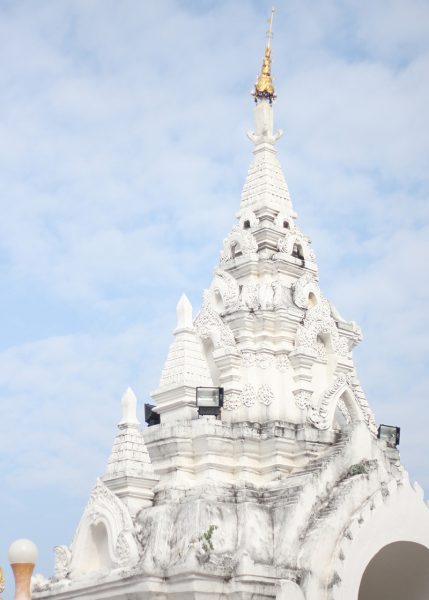

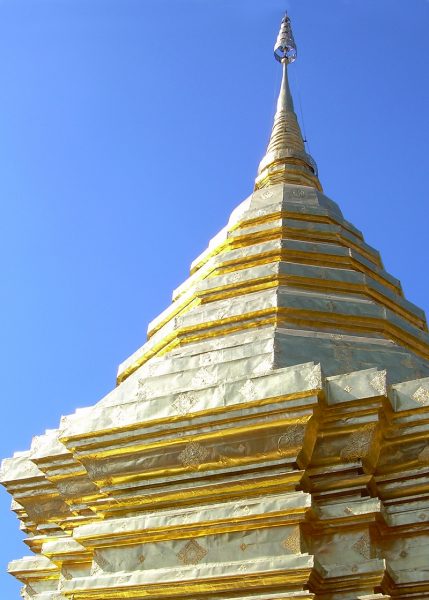
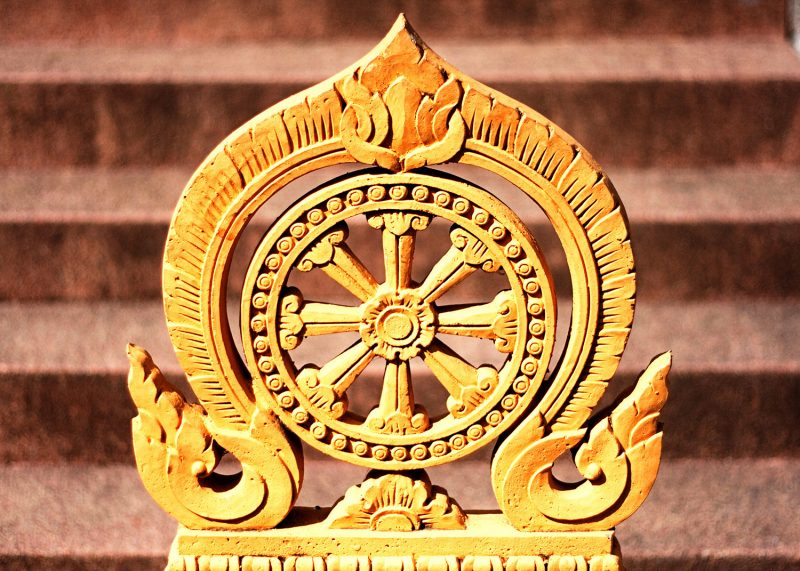
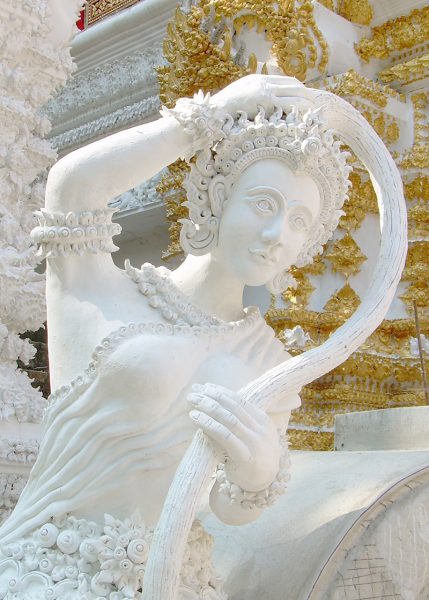
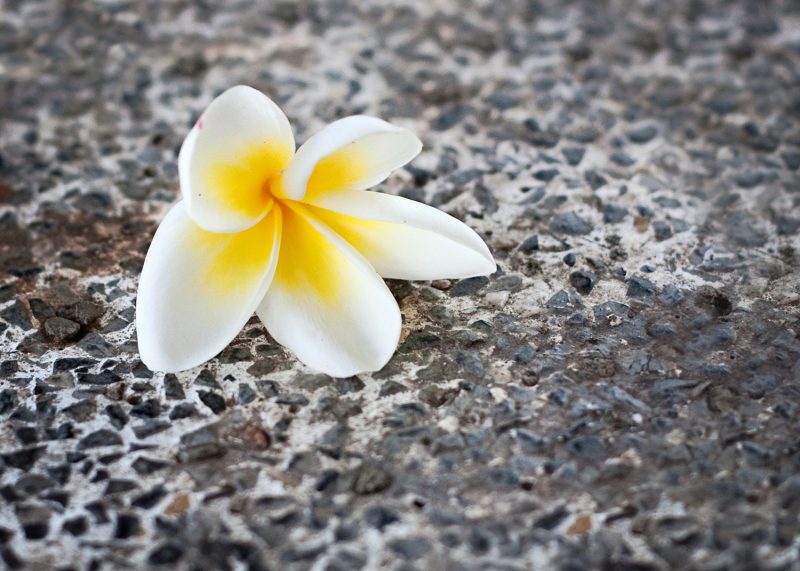
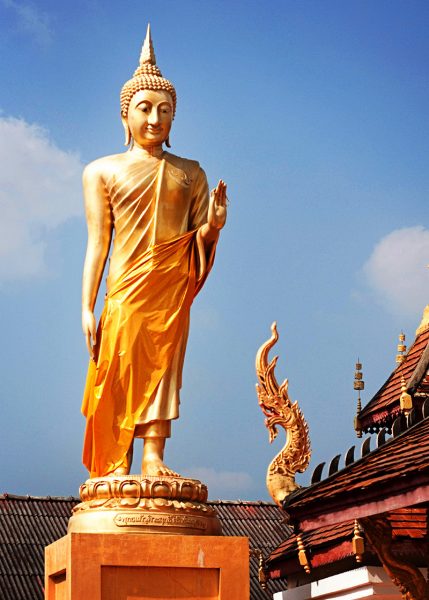
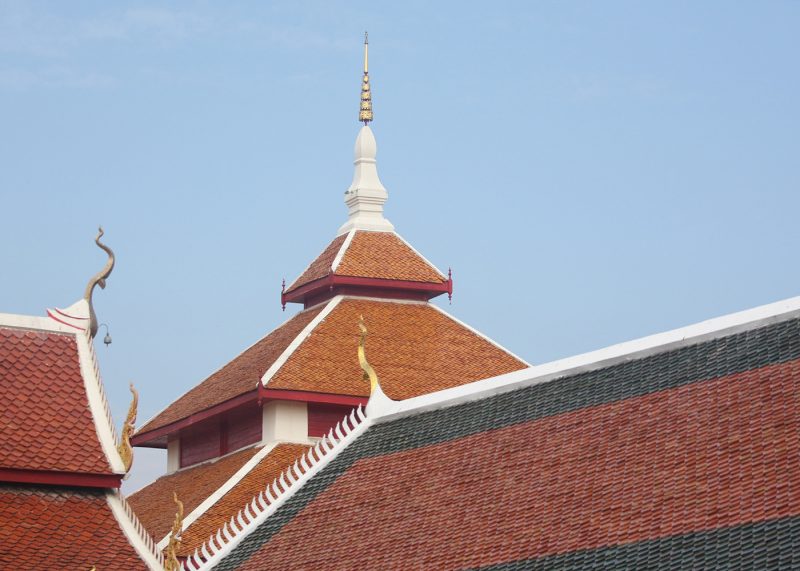
If you enjoyed this article, you might also enjoy:


